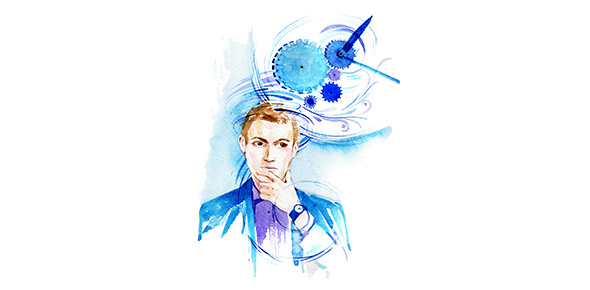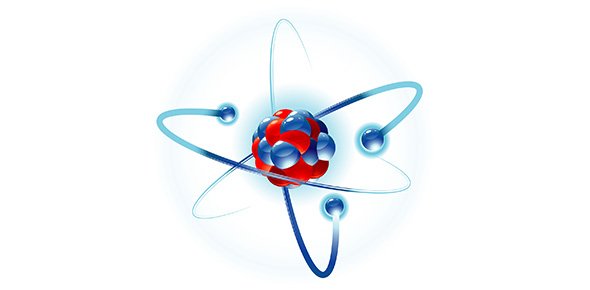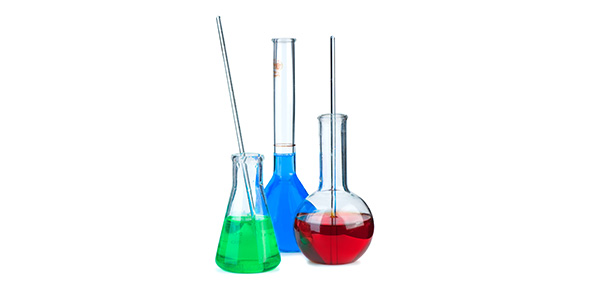Related Flashcards
Related Topics
Cards In This Set
| Front | Back |
|
Structure of the water molecule
|
2 hydrogen atoms (1 proton, 1 neutron, 1 electron) and 1 oxygen atom (8 protons, 8 neutrons and 8 electrons). Instead of being bonded symmetrically the H atoms are bonded at 105° to the O atom
|
|
Covalent bonds
|
The water molecule is held together by strong covalent bonds = electrons shared between atoms
|
|
Dipolar structure
|
Asymmetrical distribution of electrical charge. H end more positive and O end more negative
|
|
Hydrogen bonds
|
Relatively weak electrostatic forces between oppositely charged ends of adjacent water molecules. the dipolar structure and the formation of hydrogen bonds between water molecules are responsible for many of the unique properties of water.
|
|
States of water
|
1. solid (ice, crystalline structure is less dense than liquid water)2. liquid (water, more dense than ice)3. gas (vapor, high energy molecules with few H-bonds)
|
|
Properties of water
|
1. water has 3 states2. high freezing and high boiling temperatures3. has high surface tension (due to H bonds)4. good solvent (dipolar structure weakens attraction between other molecules) - the universal solvent5. has a high heat capacity (absorbs and releases heat with little change in temperature)6. has a high latent heat of vaporization and heat of fusion
|
|
Latent heat
|
The heat required to change phase without a change of temperature
|
|
Sensible heat
|
Vibration of water molecules, the temperature measured with a thermometer (measured in calories, 1 cal = amt. of heat needed to raise the temp. of 1g of water by 1°C
|
|
Latent heat of vaporization
|
Heat energy (540 cal/g) required to: break hydrogen bonds when water evaporates and form hydrogen bonds when water condenses
|
|
Latent heat of fusion
|
Heat energy (80 cal/g) required to: break H-bonds when ice melts and form H-bonds when water freezes
|
|
Transfer of Heat
|
Heat is moved around earth with freezing and melting, condensation and vaporization. Hydrologic cycle is agent of much of this heat transfer by the movement of water between the hydrosphere, atmosphere, and geosphere
|
|
Hydrologic cycle and latent heat
|
Latent heat is removed from the ocean during evaporation. Latent heat is released into the atmosphere during condensation and precipitation.
|
|
Substances dissolved in seawater
|
1. gases2. nutrients required by organisms such as nitrates, phosphates, trace elements and vitamins3. organic molecules4. mineral salts, such as Cl-, Na+, SO42-, and Mg2+
|
|
Define salinity
|
Total dissolved solids
|
|
Ways to determine salt content of ocean water
|
Evaporate it, refractometer, conductivity meter
|







